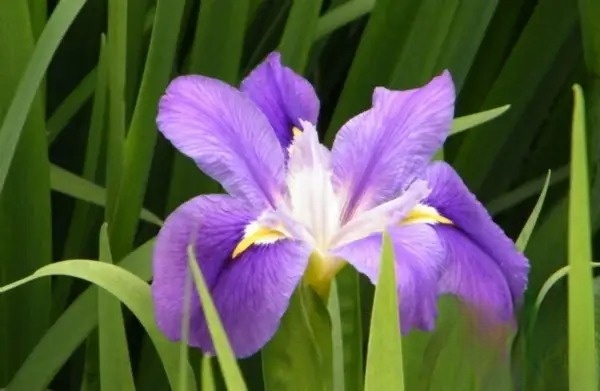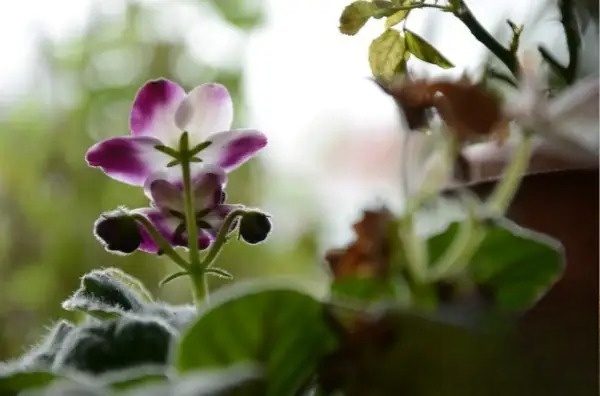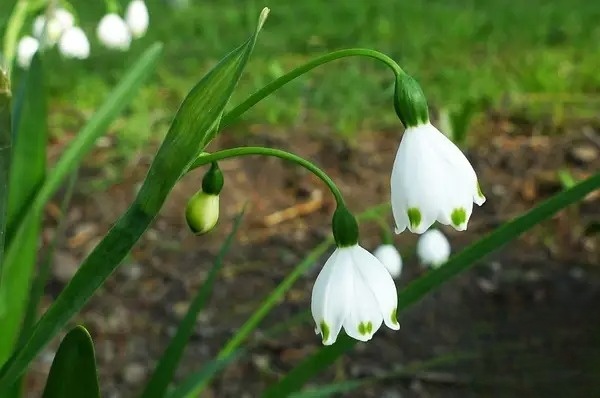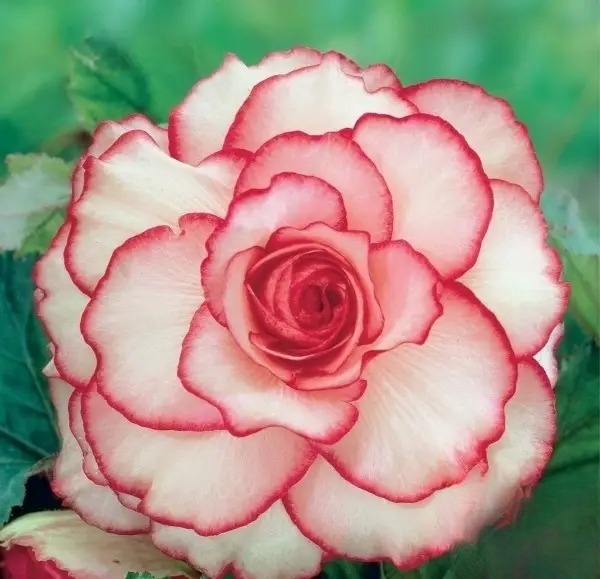Perennial flower propagation, cultivation and management
There are many varieties of perennial flowers, but they can also be divided into two categories: open-field cultivation and greenhouse cultivation. For example, chrysanthemums and peonies. Iris, platycodon, etc. need to be cultivated in the open field, while gerberas, begonias, and African violets need to be cultivated in greenhouses. These flowers are highly adaptable and can bloom for many years after a one-time cultivation. They are also very ornamental. Some can even be used as medicine, and their medicinal value is not small. But how are these flowers cultivated? Today, Tutu will introduce you to the cultivation of perennial flowers.

Perennial flowers grow vigorously, and their root systems are stronger than those of annual or biennial flowers. They grow deeper into the soil, and have a strong ability to resist drought and adapt to adverse environments. They can continue to bloom for many years after being planted once.
When planting, the soil should be deeply plowed and a large amount of organic fertilizer should be applied to ensure good soil conditions for a long period of time. Perennial flowers need well-drained soil. In addition, perennial flowers in different growth stages have different requirements for soil. Generally, during the seedling period, they prefer loose soil rich in humus, while after the second year, clay loam is preferred.
There are many kinds of perennial flowers, and different propagation methods can be used according to different categories. For species that have good fruiting and can bloom one to two years after sowing, such as hollyhock, platycodon, columbine, pyrethrum, etc., sowing is often used for propagation. The propagation period depends on different species. Species that bloom in summer and autumn and dormant in winter are sown in spring; species that bloom in spring and dormant in summer are sown in autumn. Some species, such as chrysanthemum, peony, hosta, daylily, lily of the valley, iris, etc., often bloom but do not bear fruit or bear very little fruit, and the plants have strong germination ability; some species, although they can bloom and produce seeds, it takes a long time for seed propagation to complete. These species are propagated by division. The time of division depends on the flowering period and cold resistance. Those that bloom in spring and have strong cold resistance can be divided in autumn; while Acorus calamus and Dieffenbachia can be carried out in both spring and autumn. There are also some species, such as carnation, chrysanthemum, and Amaranthus quinquefolius, which can often be propagated by stem cuttings.

During the seedling period, perennial flowers should pay attention to maintenance and management measures such as irrigation, fertilization, intertillage and weeding, but after planting, the management is generally simple. In order to make the growth luxuriant, the flowers are numerous and large, it is best to apply topdressing in spring when the new buds emerge, and apply topdressing once before and after flowering. When the leaves wither in autumn, you can apply well-rotted manure or compost around the plants.
There are many kinds of perennial flowers, and there are great differences in their adaptability to soil and environment. Some kinds prefer clay soil, while others prefer sandy loam. Some need a sunny environment to grow well, while others are shade-tolerant and wet. When planting perennial flowers, corresponding perennial flower species should be selected for different planting locations. For example, if they are planted by the wall or roadside, you can choose species that are highly adaptable, easy to branch, and easy to bloom, such as daylilies, belamcanda, irises, etc.; and in the flower beds and flower borders in the center of the square and at the entrance of the park, you can choose species that like plenty of sunlight and have large and colorful flowers, such as chrysanthemums, peonies, and columbines; hostas and evergreens can be planted under forests, in sparse forests and lawns; hollyhocks and platycodon can be planted on the roadside and ditch to decorate the environment.

Perennial flowers bloom continuously after being planted. In order to ensure that the plant is full and blooms year after year, different pruning methods should be adopted according to different categories. When transplanting, in order to achieve a balance between the root system and the aboveground part, sometimes in order to inhibit the excessive growth of branches and leaves in the aboveground part and promote the formation of flower buds, part of the aboveground or underground part can be cut off according to the specific situation. For perennial flowers, if the plants grow too tall and the lower part is obviously empty, they should be topped. Sometimes, in order to increase the number of side branches and bloom more, topping is also performed, such as carnations and chrysanthemums. Generally speaking, topping has a certain inhibitory effect on the growth and development of plants. Therefore, for a flower, the number of toppings should not be too many, and it should not be done at the same time as potting or repotting. Topping generally only picks the growing point part, sometimes with a few tender leaves, and the amount of topping should not be too large.

Here is the basic point of perennial flower propagation that I will introduce to you. Perennial flowers will start to "hibernate" in winter, and will start to sprout again in the summer of the second year. I wonder if you have gained some knowledge you want? Perennial flowers greatly meet the greening requirements of modern society and have greened our cities very well. I believe that the propagation of perennial flowers will definitely get better development.